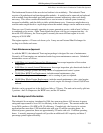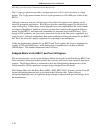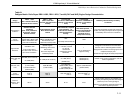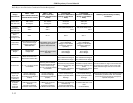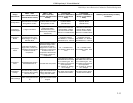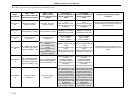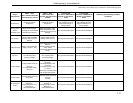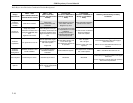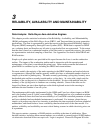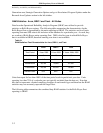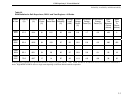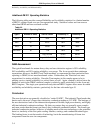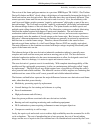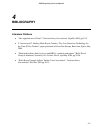
EPRI Proprietary Licensed Material
3-1
3
RELIABILITY, AVAILABILITY AND MAINTAINABILITY
Data Analysis: Rolls-Royce Aero-derivative Engines
This chapter provides statistical evaluation of the Reliability, Availability, and Maintainability
(RAM) performance of the Rolls-Royce Avon, RB211, and Trent machines in power generation
applications. The fleet is represented by units that report to the Operational Reliability Analysis
Program (ORAP) managed by Strategic Power Systems (SPS). RAM data is reported to ORAP
on a voluntary basis and therefore not all units in a particular fleet are represented. To the extent
that the data is based on a substantial number of the fleet units in a particular category, the results
are representative statistical sampling of that fleet. See Appendices for details about ORAP and
RAM statistics.
Simple cycle plant statistics are provided in this report because the focus is on the combustion
turbine. The impact of the combustion turbine and its interaction with the operation and
maintenance of the plant is considered the prime issue. Other studies examine the balance of
plant RAM for combined cycles, including the HRSG and steam turbines.
For most models, the majority of the units reporting in the ORAP database are baseload electric
or cogenerators, although the smaller capacity models also have a substantial number of units in
simple cycle mode for peaking duty. The units currently performing cycling duty formerly were
baseloaded units and have recently transitioned to cycling duty. At a site with a single unit the
tendency of the cycling unit is to shutdown for the weekend. At sites with multiple units the
tendency of the cycling units is shutdown on a rotating schedule. Some of the units run for
longer fired hours per start, then shutdown on the third night and restart in the morning to
minimize the total number of on-off cycles.
The maintenance philosophy implemented by the OEMs and Users has a direct impact on RAM
and is the leading cause of a plant’s unavailability. The demand and use of a combustion turbine
greatly influences these decisions but unavailability is a User/OEM controlled parameter of when
and how scheduled and unscheduled maintenance is performed. For instance, plants that are
simple cycle peakers may have less incentive to minimize the time required to perform scheduled
maintenance, and therefore have lower availability than baseload units of the same model. For
peakers, reliability and availability are most critical during seasons in which electricity prices are
at a premium.
This report contains a summary of RAM statistics available at the time of publication. More
detailed statistics, including future annual updates, are available to current project 80.002 funders
via electronic download from www.epri.com. Login is required. Proceed to Program 80 in the



